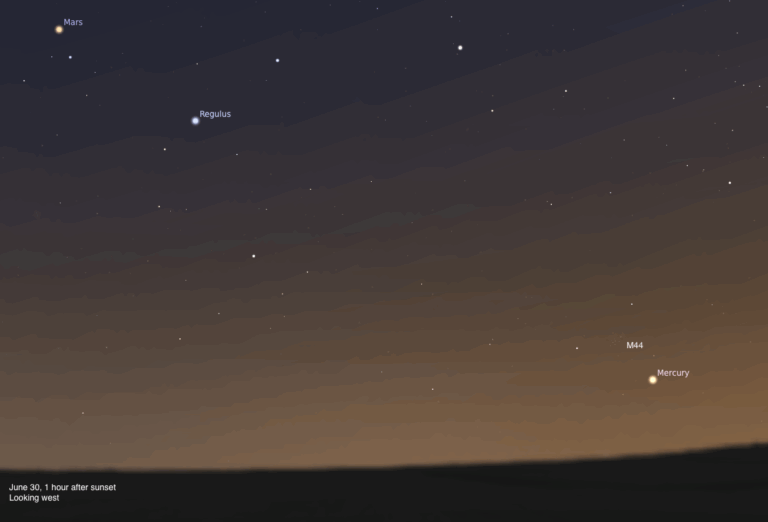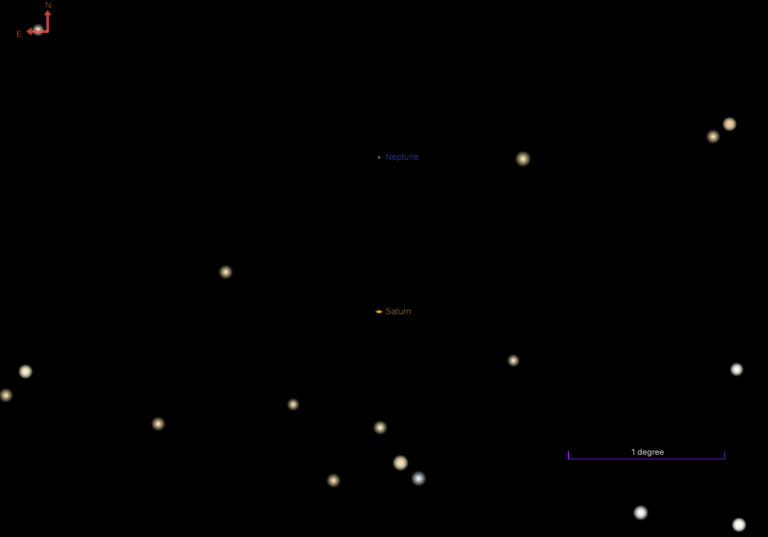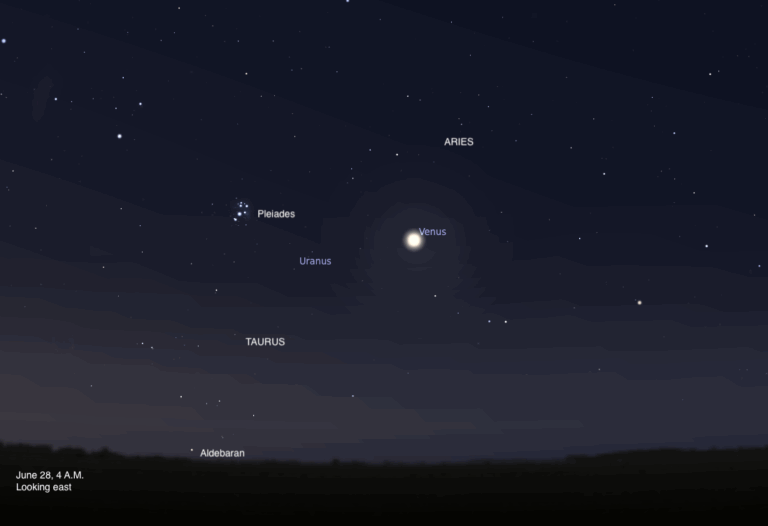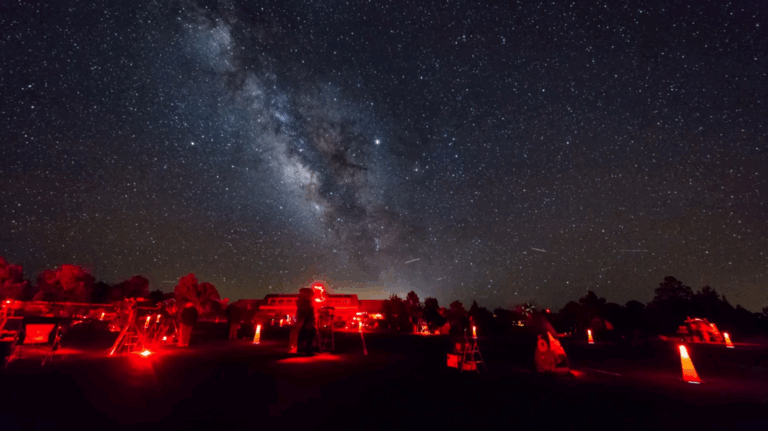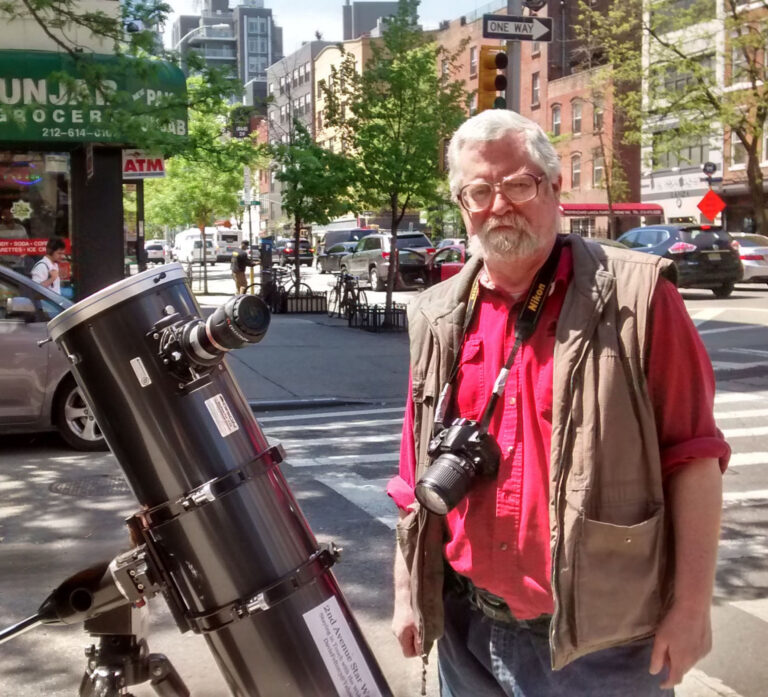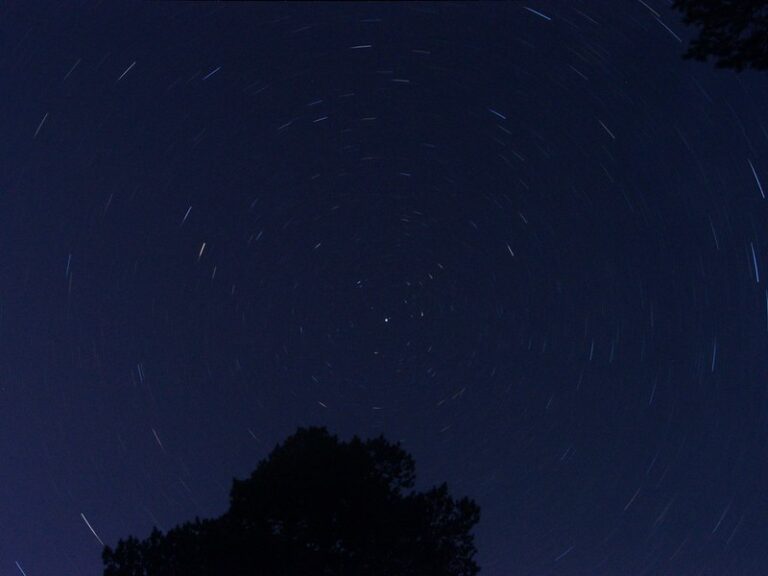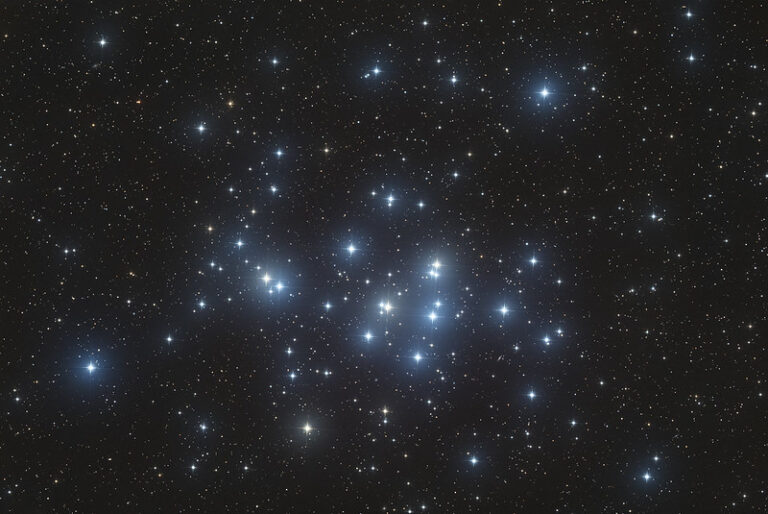
For more information, contact:
Matt Quandt
Public Relations Specialist
[t] 262.798.6484
[e] [email protected]
The radiant – the point in the sky where the meteors seem to come from – lies in northeastern Orion the Hunter, where that constellation borders Gemini the Twins. The Orionid’s radiant rises before midnight and stands high in the south by 4 A.M., a full 2 hours before dawn.
Experts at your disposal
Astronomy magazine editors are available to share their tips and techniques for viewing the meteor shower this weekend. To request an interview, please contact Matt Quandt at 262.798.6484 or [email protected].
It’s possible to see one meteor every 3 minutes
Rates can reach 20 meteors per hour, and occasionally more. The average hourly rate on a “non-shower” night is approximately 6 meteors per hour.
Halley’s Comet leftovers
Orionid meteors derive from debris left behind by Halley’s Comet during its numerous passages through the inner solar system. Earth’s orbit intersects this debris trail in two places, resulting in this fine autumn shower.
No equipment necessary
It’s best to view meteor showers without optical aid. Viewers should use just their eyes so as not to restrict the field of view. Early in the evening, face eastward. Look about halfway up. After midnight, looking overhead will probably net you the most meteors. Viewers should plan to wear winter gear – many observers are surprised at the chill of autumn’s late-night air.
More Astronomy resources:
Astronomy news
This week’s sky events
Astronomy basics
Glossary of astronomical terms
Return to Astronomy “For the media” page
October 17, 2006
WAUKESHA, WI – This Friday, outdoor enthusiasts – as well as slumber partygoers – get a free late-night show, courtesy of the annual Orionid meteor shower. Around midnight, October 20/21, shooting stars will streak overhead.
Named after the constellation from which the meteors appear to radiate, the Orionids peak October 21, timed perfectly with New Moon.
Astronomy promotes the science and hobby of astronomy through high-quality publications that engage, inform, entertain, and inspire.

